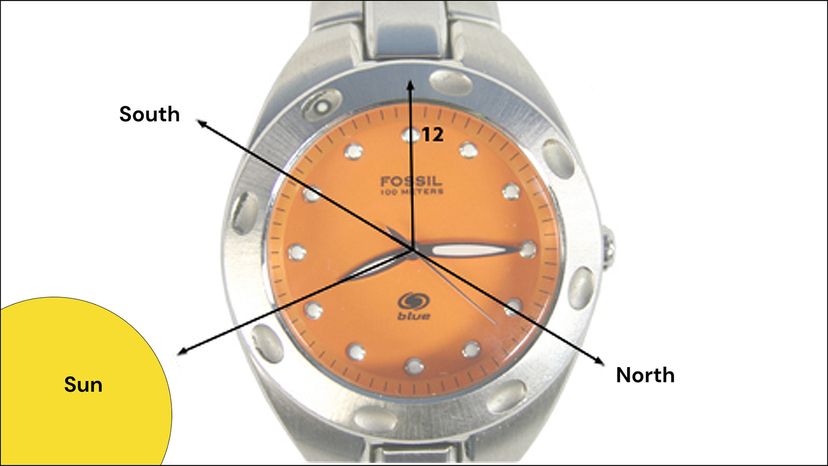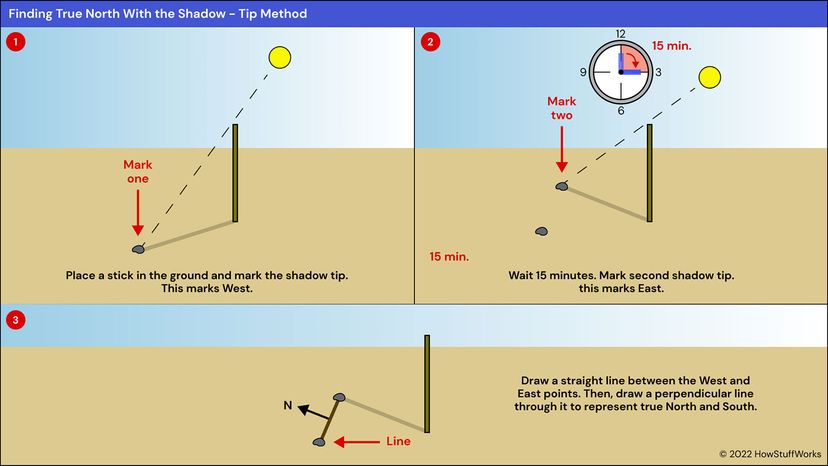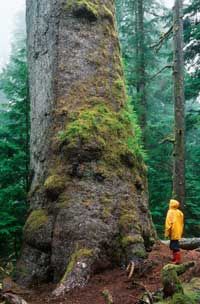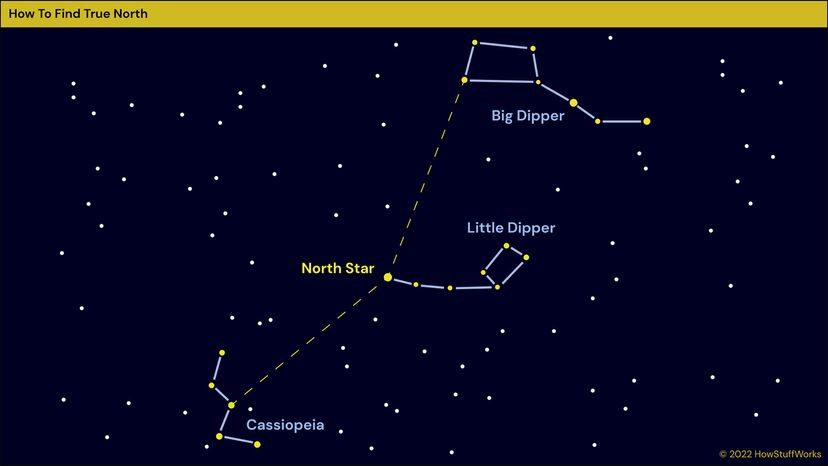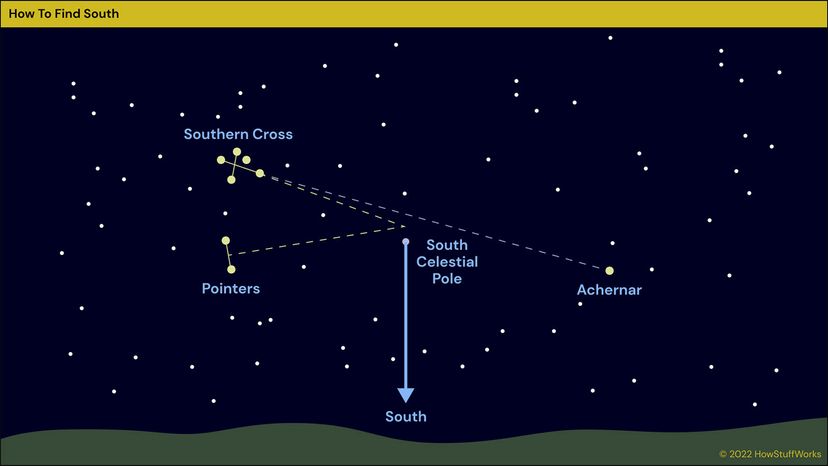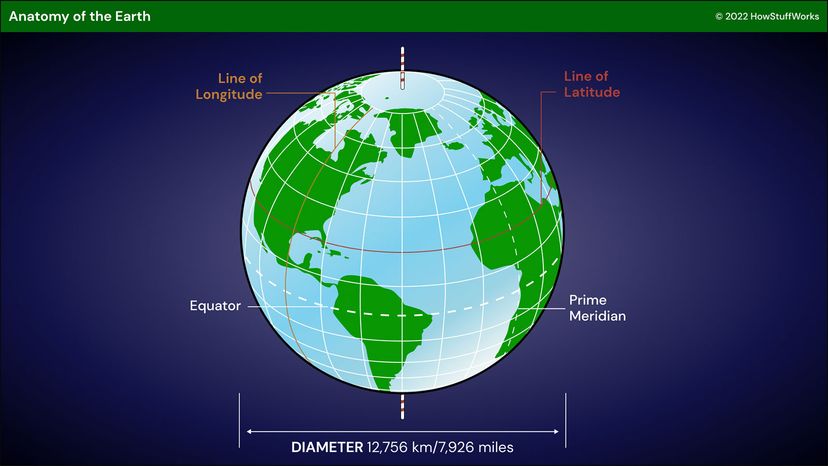
Suppose you decide to make a trek to the North Pole. You can't catch a plane there. So instead, you pull out your compass, watch the needle swing northward and plot a path, right? Wrong. To get to the North Pole, or true north, just following your compass needle won't work.
If you want to get from a point at the bottom of a map to one at the top, you need to head true north. True north is a geographical direction represented on maps and globes by lines of longitude. Each line of longitude begins and ends at the Earth's poles and represents direct north and south travel. Compasses, on the other hand, direct you to magnetic north, a point in the arctic regions of Canada that continually shifts location based on the activity of Earth's magnetic fields. Fluid iron in the planet's core acts like a huge bar magnet, creating a relatively weak magnetic field. The force of that magnetic field has a horizontal component in the direction of magnetic north. A compass needle is magnetized and freely suspended to allow that horizontal force to pull it toward magnetic north as well [source: Curtis].
Advertisement
Since Earth's magnet isn't perfectly aligned with the geographical poles, there is a difference between true north on a map and the north indicated by your compass. That difference is called the magnetic declination and is measured by the angle between true north and magnetic north when plotted on a map [source: Curtis].
Magnetic declinations vary from place to place, depending on the intensity of Earth's magnetic fields. For instance, if you hold out a compass in Auckland, New Zealand, magnetic north will be about 20 degrees east of true north, whereas the declination in Atlanta, Georgia, is 6 degrees west of true north. Geographical lines do exist where true north and magnetic north are aligned, and these are called agonic lines. North America has several — for example, one currently runs through the panhandle of Florida up to the Great Lakes and into the Arctic Ocean.
Given these irregularities, how will you ever reach the North Pole or a true north destination? Read on to find out how you can do it — any time of day and with human-made and natural navigation tools.
Advertisement

